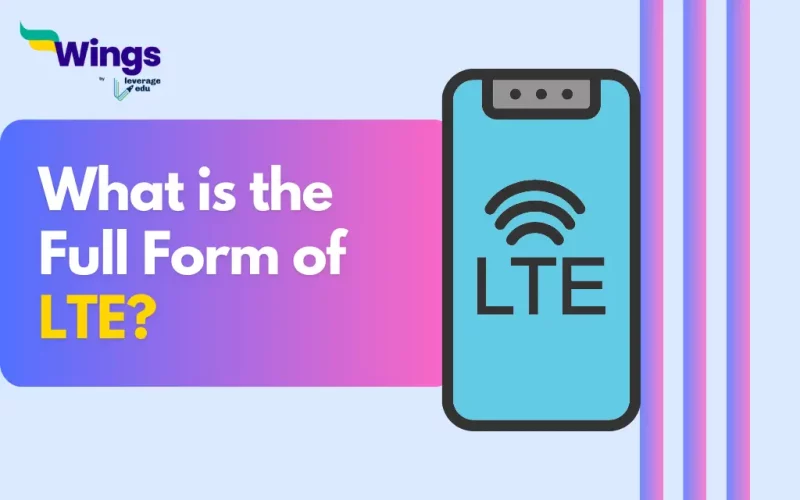The Full Form of LTE is Long Term Evolution. Customers benefit from such faster data rates for both downloading and uploading with this 3G technology. The Third Generation Partnership Project (3GPP) created it as a wireless communication standard. Furthermore, it is sometimes referred to as 4G because it provides significant improvements over 3G communications. Additionally, it is expected to provide mobile device speeds ten times faster than 3G. LTE, which is based on the Internet Protocol (IP), supports web surfing, other IP-based services, and VoIP. Moreover, it can stream at rates ranging from 100 Mbit to 1 GBit per second. Read on to learn more about LTE Full Form.
What are the Features of LTE?
Table of Contents
In addition, the Features of LTE are as follows:
- LTE uses many LTE frequencies and bands in different countries, hence implying that only multi-band phones will support it.
- Its download and upload rates will be up to 299.6 Mbit/s and 75.4 Mbit/s, respectively.
- Data transfer delay should be kept to a minimum.
- It is compatible with all frequency bands.
- Moreover, its architecture is straightforward.
- It supports coexistence and interoperability with legacy technologies (such as GSM/EDGE, UMTS, and CDMA2000). Thereby allowing consumers to make calls or send data in the absence of an LTE network.
- Additionally, there is a packet-switched radio interface incorporated.
Also Read: What is the Full Form of ECE?
Why is LTE referred to as ‘Long-Term Evolution’?
The Third Generation Partnership Project (abbreviated 3GPP) developed LTE. After the requirements for 2G GSM and 3G UMTS, the standard was described as the next phase in the evolution of mobile telephony.
- 4G LTE is another name for LTE.
- LTE did not initially qualify as real 4G.
- 4G was initially specified by the International Telecommunication Union (ITU) as a cellular standard capable of transferring data at 1 Gbps to a stationary user and 100 Mbps to a mobile user.
- In December 2010, the ITU changed their stance, allowing 4G to be used for LTE as well as numerous other wireless protocols.
Also Read: What is the Full Form of EDC?
Popularity of LTE
In different nations, telephone companies released LTE on different dates. Some European carriers implemented the standard as early as 2009, whereas North American carriers did so in 2010 and 2011.
- According to Opensignal, the average availability of 4G networks across 87 countries was 80%.
- The top three U.S. mobile operators which are AT&T, T-Mobile, and Verizon, scored 90% or higher in the 4G availability category in 2020.
- In North America and Western Europe, 4G LTE and 5G are replacing 3G, with large 3G networks slated to close in 2022.
According to the Global Mobile Suppliers Association (GSA), by 2022, LTE will have connected two-thirds of the world’s mobile customers, amounting to 6.6 billion subscriptions. Moreover, up to 791 telecom operators worldwide operated LTE networks, 336 of which were LTE-A networks.
FAQs
4G and LTE are closely related, however they are not identical. LTE is a specific technology that delivers 4G speeds. Think of 4G as a category, and LTE as one of the ways to achieve it.
LTE is a 4G technology. 5G is the next generation of mobile internet which has faster speeds and improved capacity.
LTE gives faster internet for your phone. VoLTE stands for Voice over LTE and has a clearer call quality by using the same LTE network as your data.
Popular Full Forms
We hope this blog has helped you understand the LTE Full Form and everything related to it. If you want to know more, find the full forms list on our blog. In the world of short forms, you can rely on the Leverage edu page to know about more full forms like this! Connect with us study abroad experts to achieve your international dream today!
 One app for all your study abroad needs
One app for all your study abroad needs













